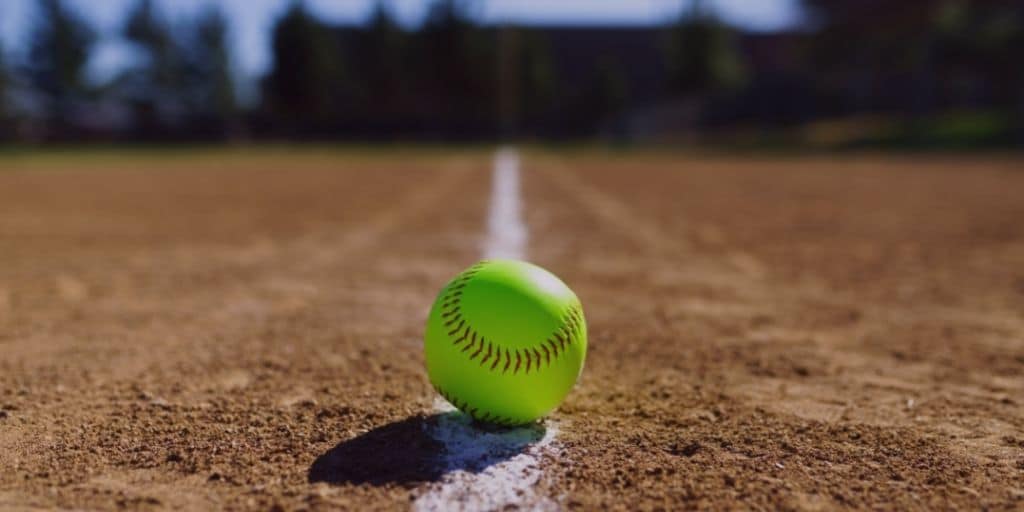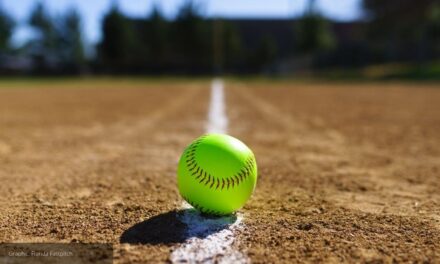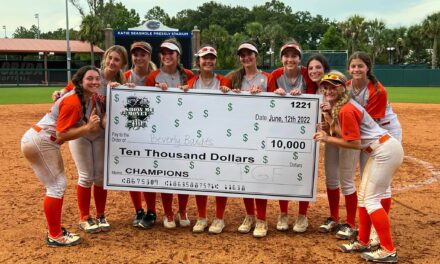Innovation at its core is a great thing. As a matter of fact, in sports, continual improvement is what we strive for to assist in development. But not all innovation is a good thing. Sure the intent was good; the idea of getting the upper hand over the competition is good, but is it helping the game overall? That is what we should be asking when it comes to the use of wristbands in softball.
One thing that separates softball from its male counterpart (baseball) is that the game’s pace is (well, was) much faster. That seems to be less and less the case. This past season I attended a college softball game that was starting at the same time as the baseball game. The fields are side by side, so it was easy to monitor. A full nine-inning baseball game got done 22 minutes before a five-inning softball game that ended in a 9-1 score. That should never happen.
How did such a thing occur? I believe part of the problem is wristbands. In the game we attended, one of the pitchers was called on three occasions for a timing violation (see NCAA rule10.2.1, 10.2.2, and 10.18). The reason was simple. The coach had to look at his wristband, yell out numbers, catcher, pitcher, and fielders, then look at numbers, then pitch. Every single pitch, this occurs. Now on the batter’s side, you have a coach looking at a chart, at their wristband, then calling out a number, then hitters and runners looking at wristband, and the whole time, hopefully, everyone saw or heard the correct number. It goes on and on for every pitch of a game. In a non-scientific way, we tracked time between pitches. After that, we estimated that the game was extended by anywhere from 10-30 mins. Not a good thing when your advantage as a sport is that it is quick-paced.
Most coaches know that Pitching can be about rhythm. The use of these wristbands seems to hamper that rhythm to some extent. I personally like coaches who have their catchers call games, but maybe I am just old school that way. In the end, a coach’s job is to coach and train players to make the right decisions in games. I am not suggesting that there is no need for play calls or signals, but I suggest that it does not have to occur on both sides for every pitch. Develop a player’s softball IQ and use signals in the correct situations when needed.
Softball is making great strides and building a more extensive fan base, evidenced by the ESPN numbers for the WCWS. It used to be that you could watch a great game in two hours or less. The fear is that the more the game slows down, it will lose some appeal. After watching most of the games at the 2020(1) Olympics, where wristbands are not used, and there is a pitch clock, we are even more convinced that is the right direction.







